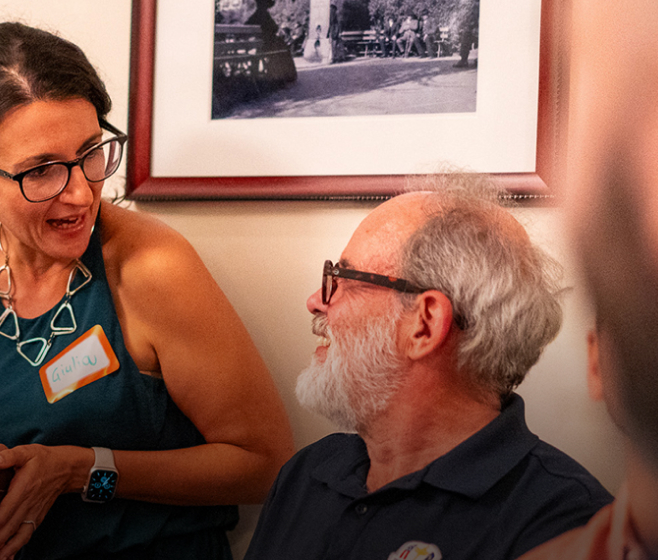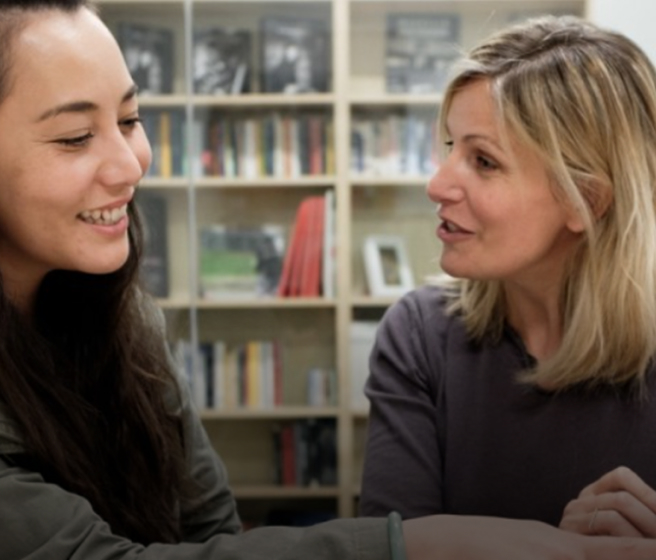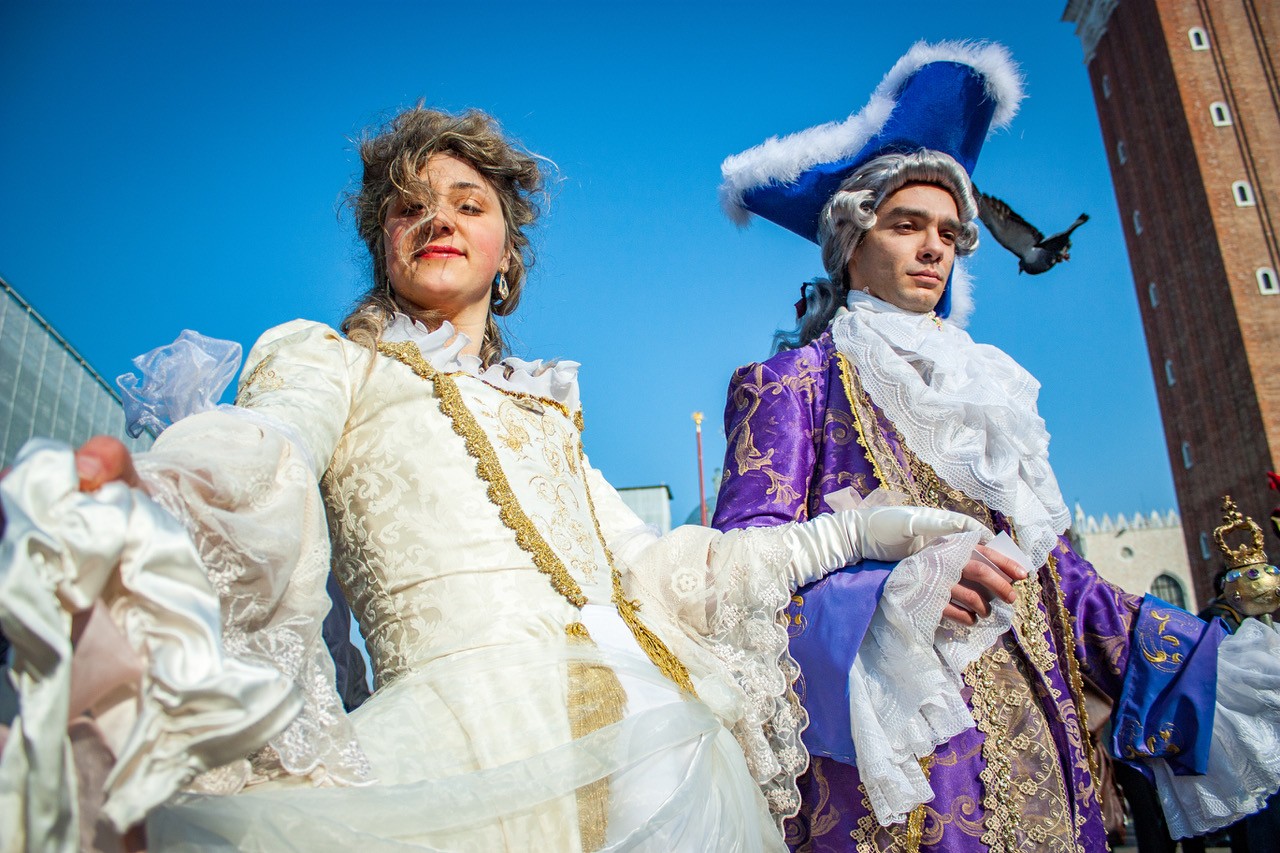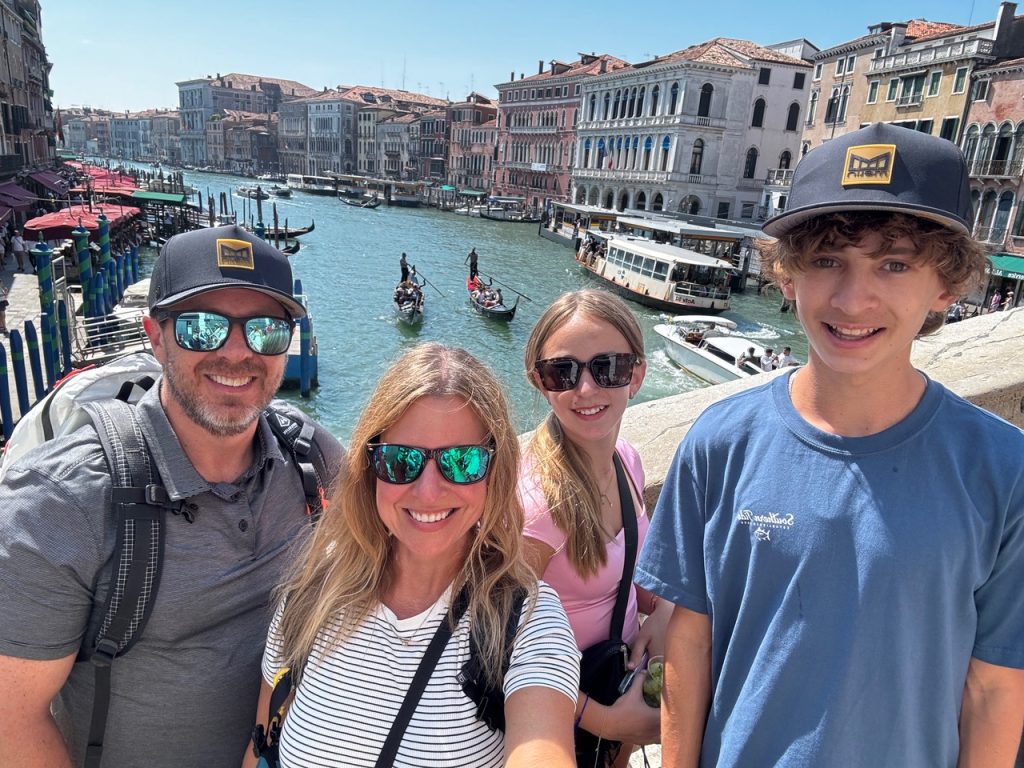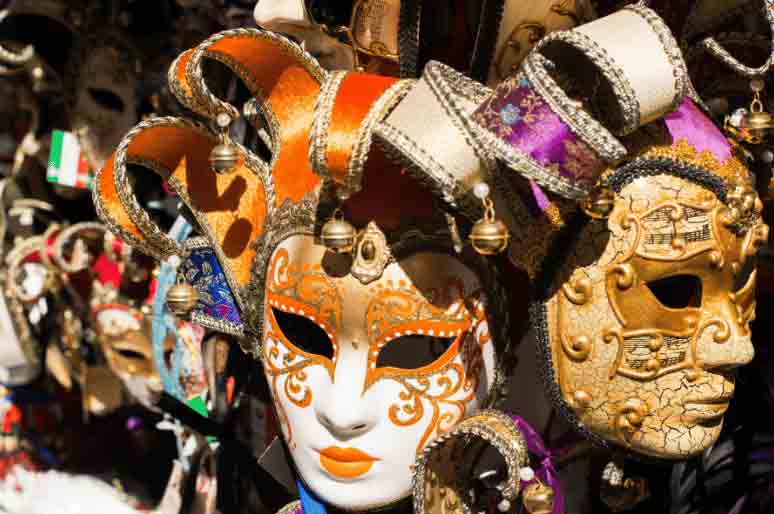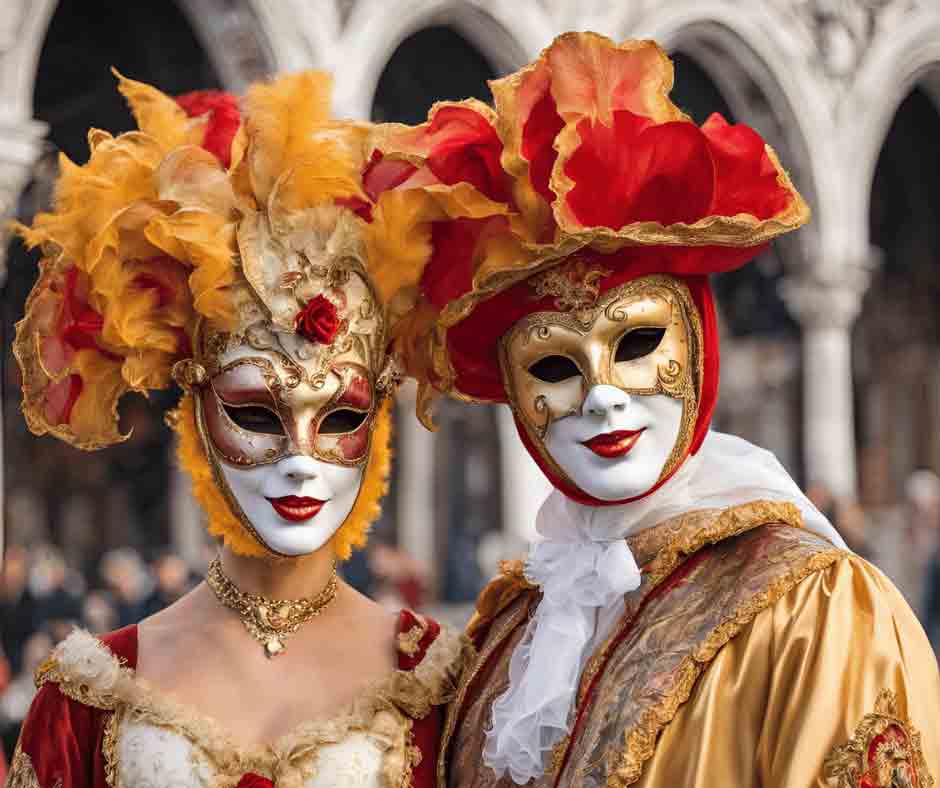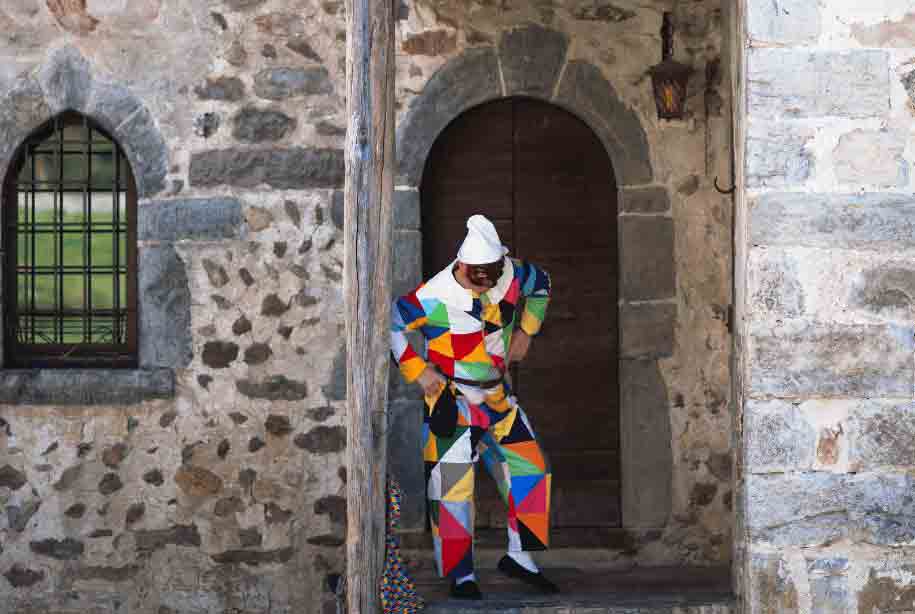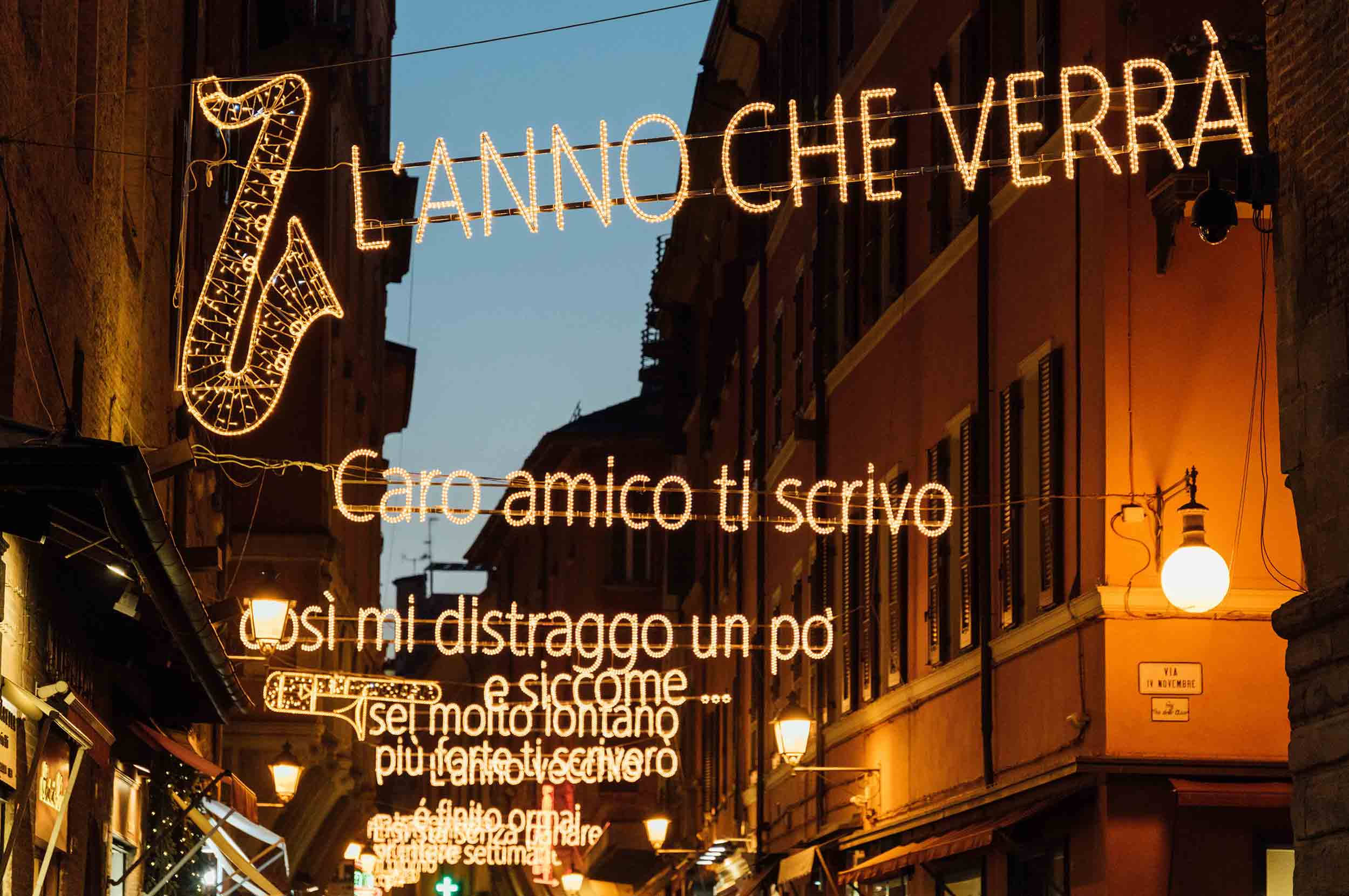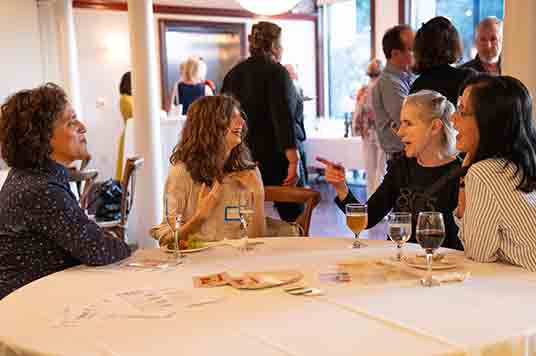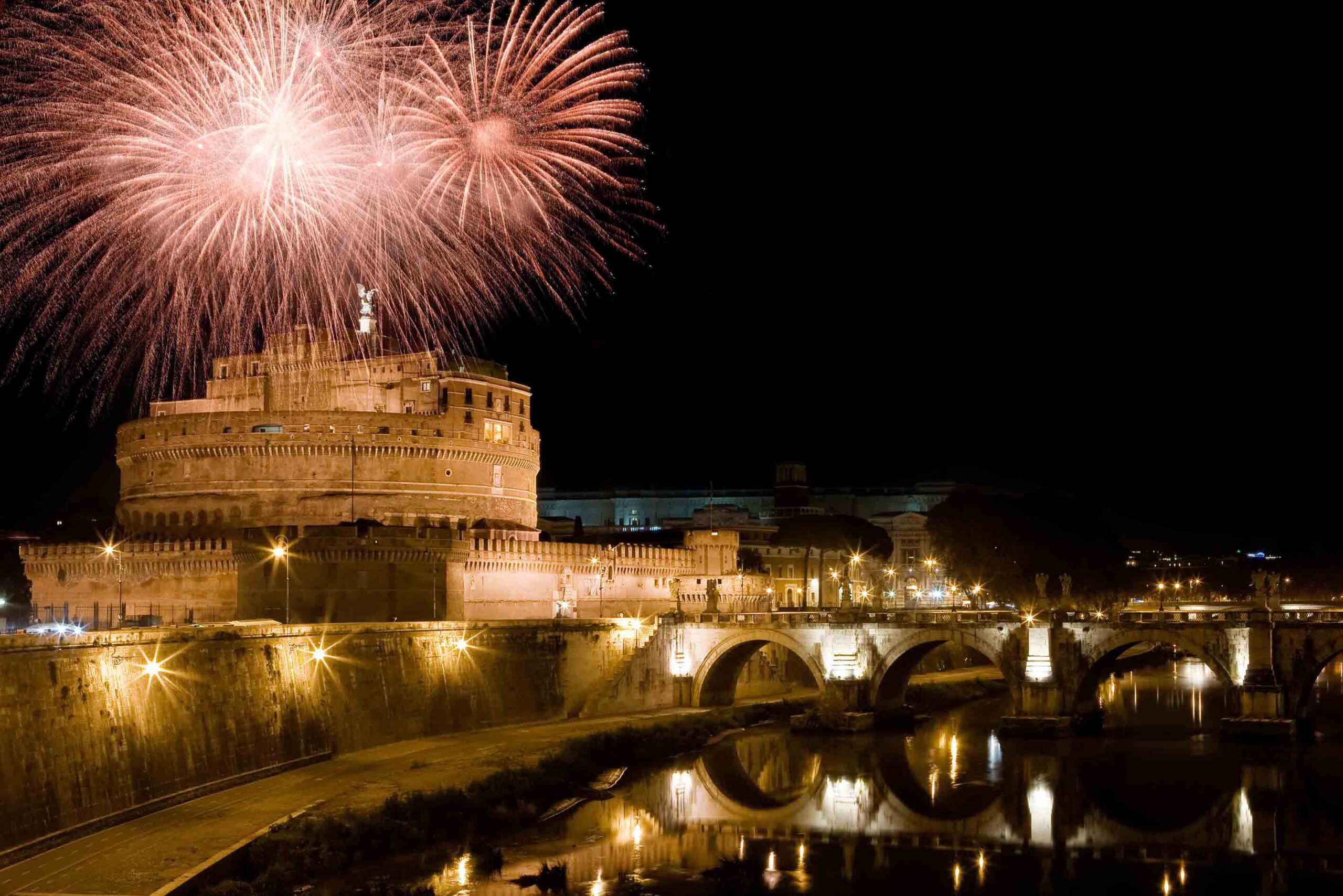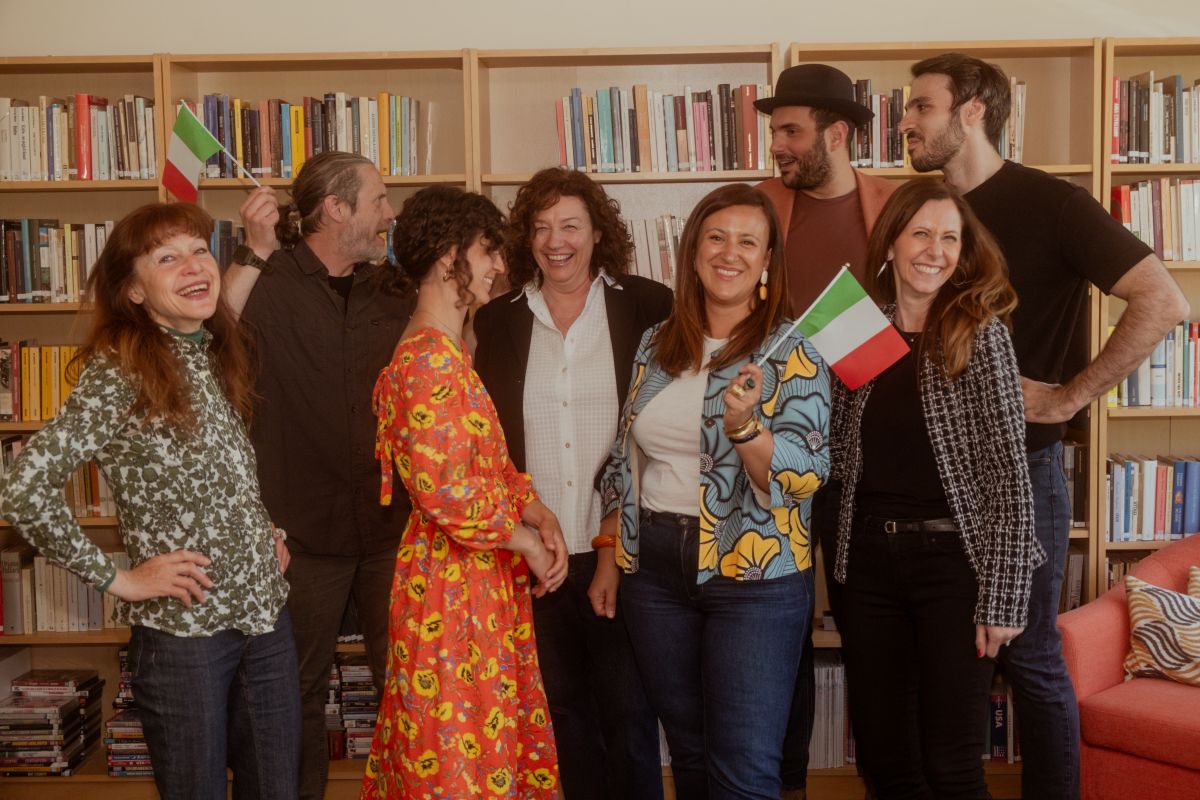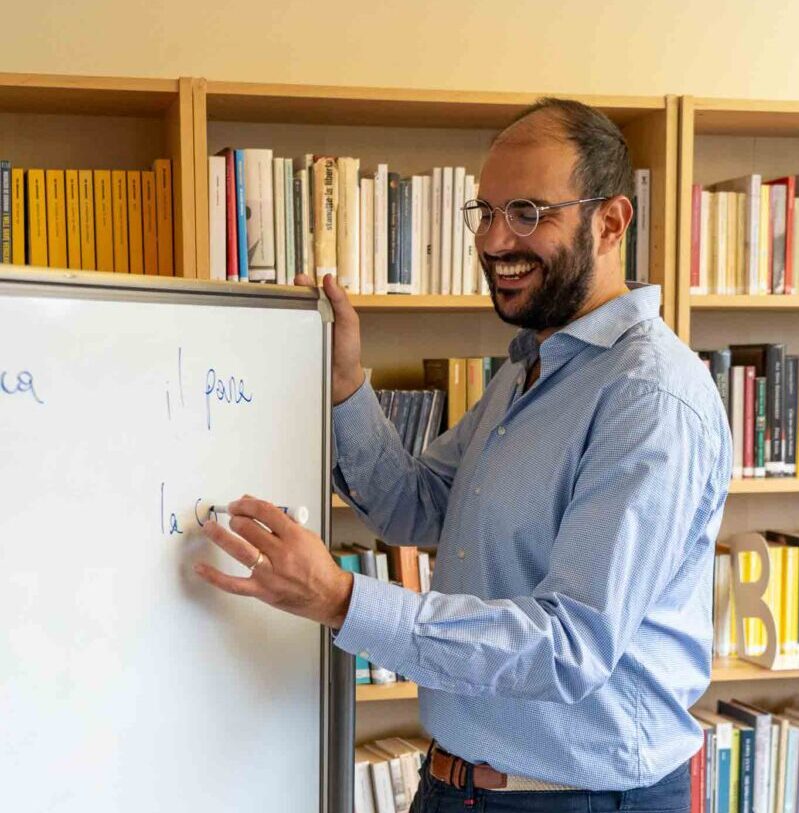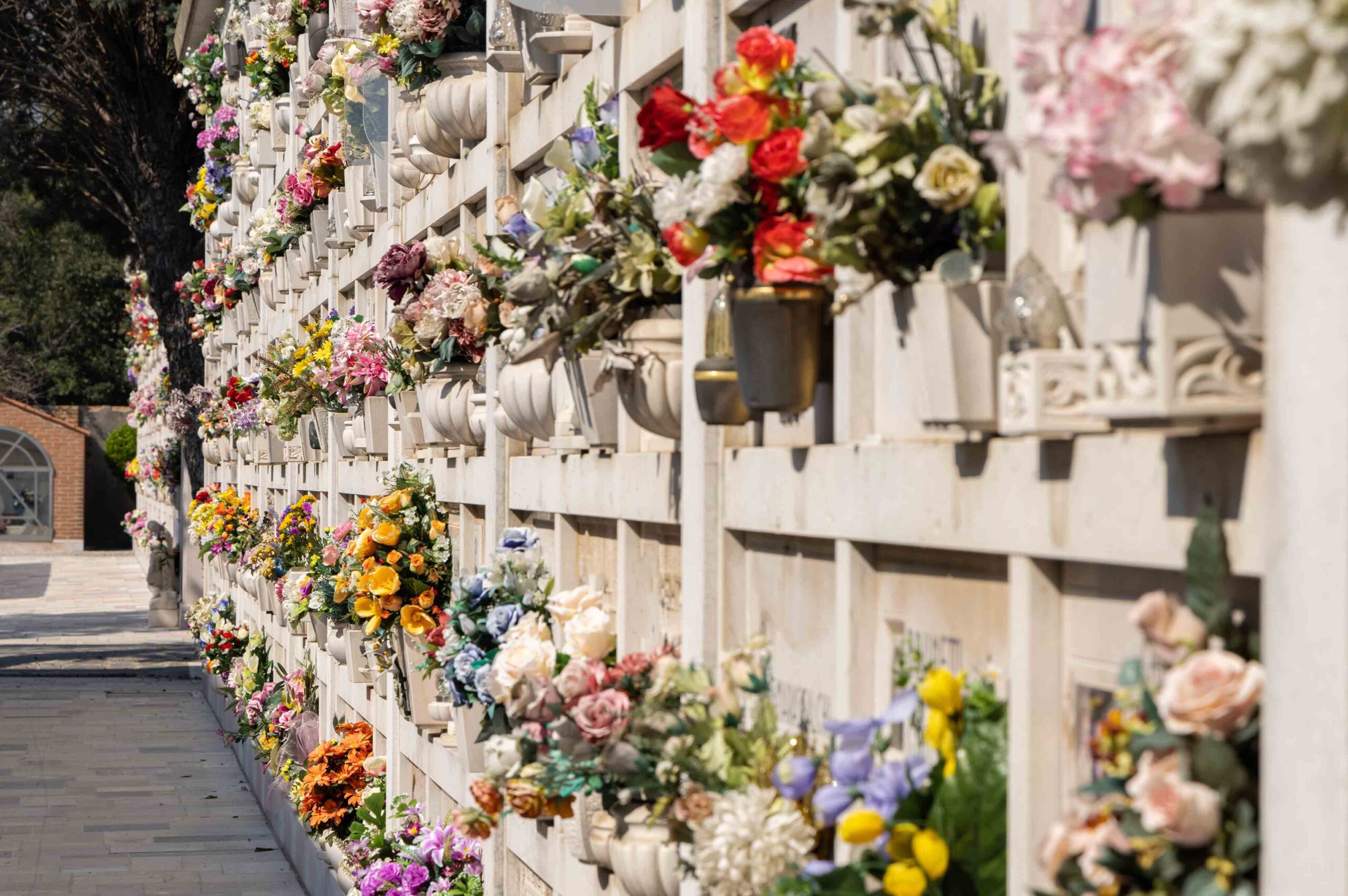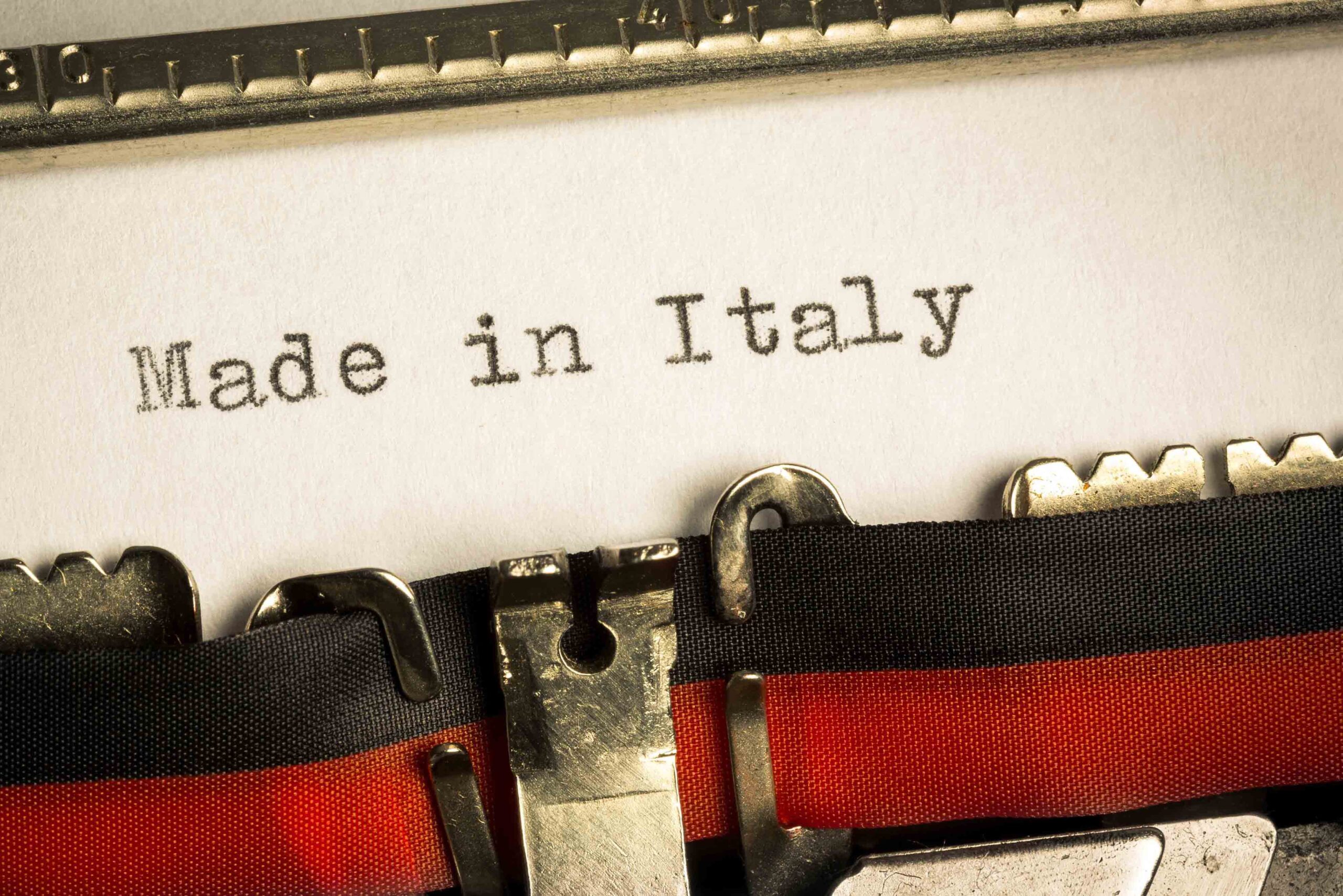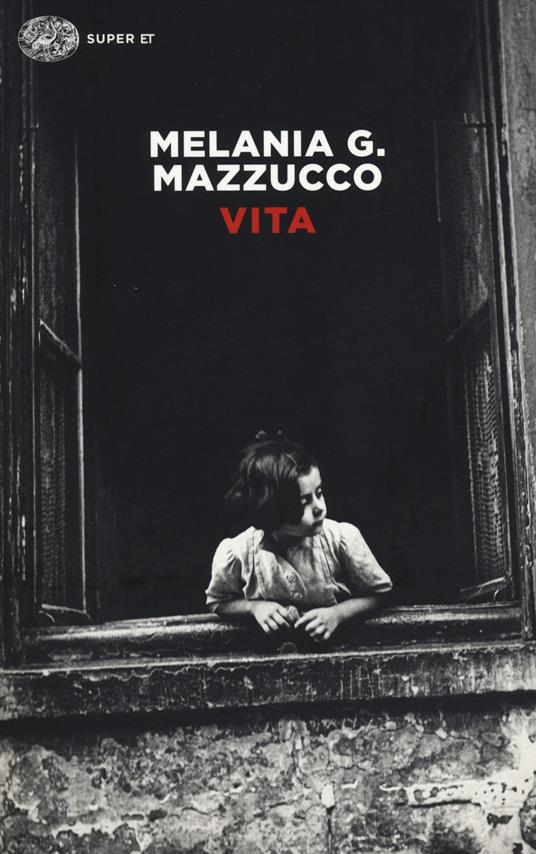
Italian women who shaped culture and history
society across the centuries
Discover the inspiring stories of influential Italian women who shaped history. From Renaissance pioneers to modern revolutionaries, explore their legacies and cultural impact.
Women who defined Italy’s legacy
From ancient Rome to the modern republic, Italy’s rich historical tapestry has been woven with the remarkable contributions of women whose brilliance, courage, and determination left an indelible mark on the nation’s cultural, artistic, scientific, and political landscape. Though often overlooked in traditional historical narratives, these extraordinary women defied the constraints of their times to pursue knowledge, create beauty, and champion progress.
At Istituto Italiano Scuola, we believe that understanding Italy’s history includes recognizing the pivotal role women played in shaping its identity. Join us on a journey through time as we celebrate some of Italy’s most influential female figures whose legacies continue to inspire today.
Renaissance pioneers: breaking barriers in art and academia
- Artemisia Gentileschi (1593-1653)
In an era when female artists were exceedingly rare, Artemisia Gentileschi established herself as one of the most accomplished painters of the Italian Baroque period. Despite facing immense challenges, including a traumatic public trial, she transformed her pain into powerful, emotionally charged masterpieces.
- Masterpiece Highlight: “Judith Slaying Holofernes”—a dramatic portrayal of female strength and resilience.
- Historical Impact: First woman admitted to Florence’s prestigious Accademia delle Arti del Disegno, paving the way for future female artists.
Did You Know? Today, Gentileschi’s works are celebrated globally for their technical brilliance and revolutionary portrayal of women as strong, complex protagonists.
- Elena Cornaro Piscopia (1646-1684)
A trailblazer in academia, Elena Cornaro Piscopia made history as the first woman in the world to receive a doctoral degree. Fluent in seven languages, she was a Renaissance scholar excelling in philosophy, mathematics, astronomy, and music.
- Historic Achievement: Earned her degree in Philosophy at the University of Padua in 1678, drawing such large crowds that the ceremony was moved to the cathedral.
- Legacy: Her accomplishment shattered gender norms, inspiring generations of women to pursue higher education.
Fun Fact: Piscopia’s brilliance and dedication to knowledge exemplify the Renaissance ideal of the well-rounded scholar.
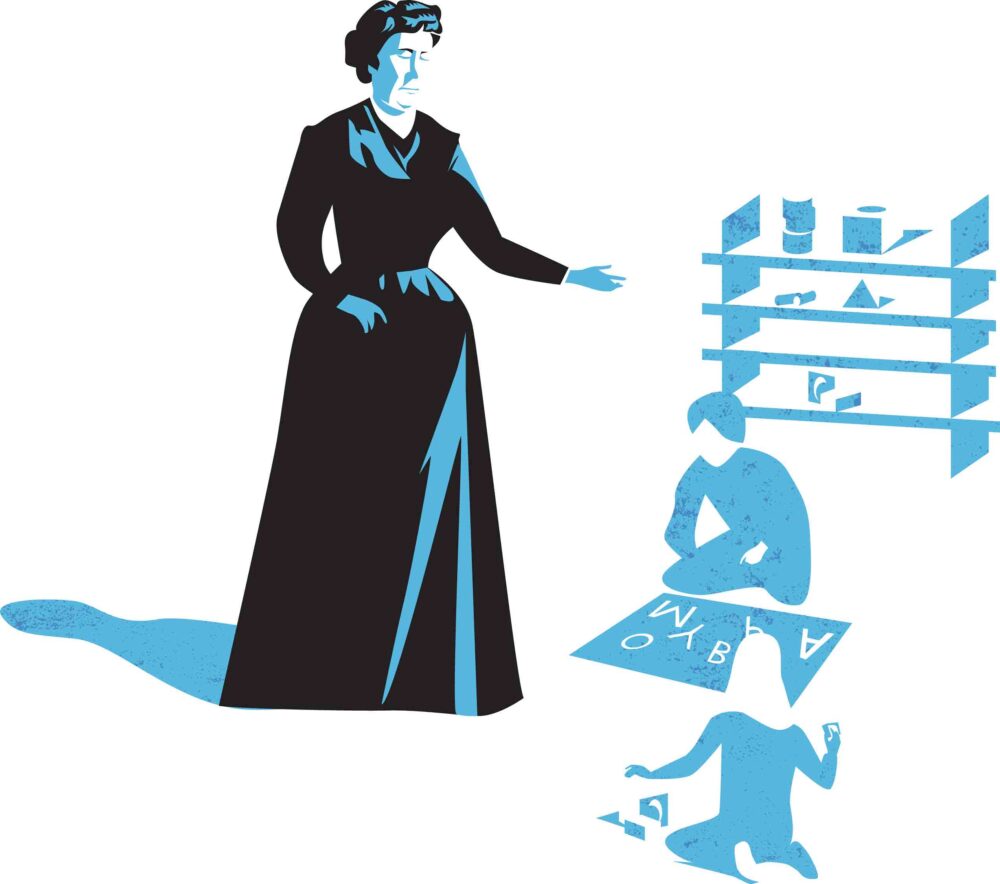
Scientific and medical innovators: changing the world through knowledge
- Maria Montessori (1870-1952)
Few Italian women have had more global impact than Maria Montessori, whose revolutionary educational philosophy transformed how we understand childhood development and learning.
- Pioneering Achievement: One of Italy’s first female physicians and founder of the Montessori Method, emphasizing hands-on learning and child autonomy.
- Global Influence: Her educational approach is practiced in thousands of Montessori schools worldwide.
“Free the child’s potential, and you will transform him into the world.” – Maria Montessori
- Rita Levi-Montalcini (1909-2012)
A Nobel laureate in Medicine (1986), Rita Levi-Montalcini was a pioneering neurologist who defied anti-Semitic laws to continue her research, even setting up a laboratory in her bedroom during WWII.
- Groundbreaking Discovery: Identified Nerve Growth Factor (NGF), revolutionizing neuroscience and earning her the Nobel Prize.
- Legacy of Resilience: Lived to 103, continuing her research and advocating for scientific education and women’s rights.
“Above all, don’t fear difficult moments. The best comes from them.” – Rita Levi-Montalcini
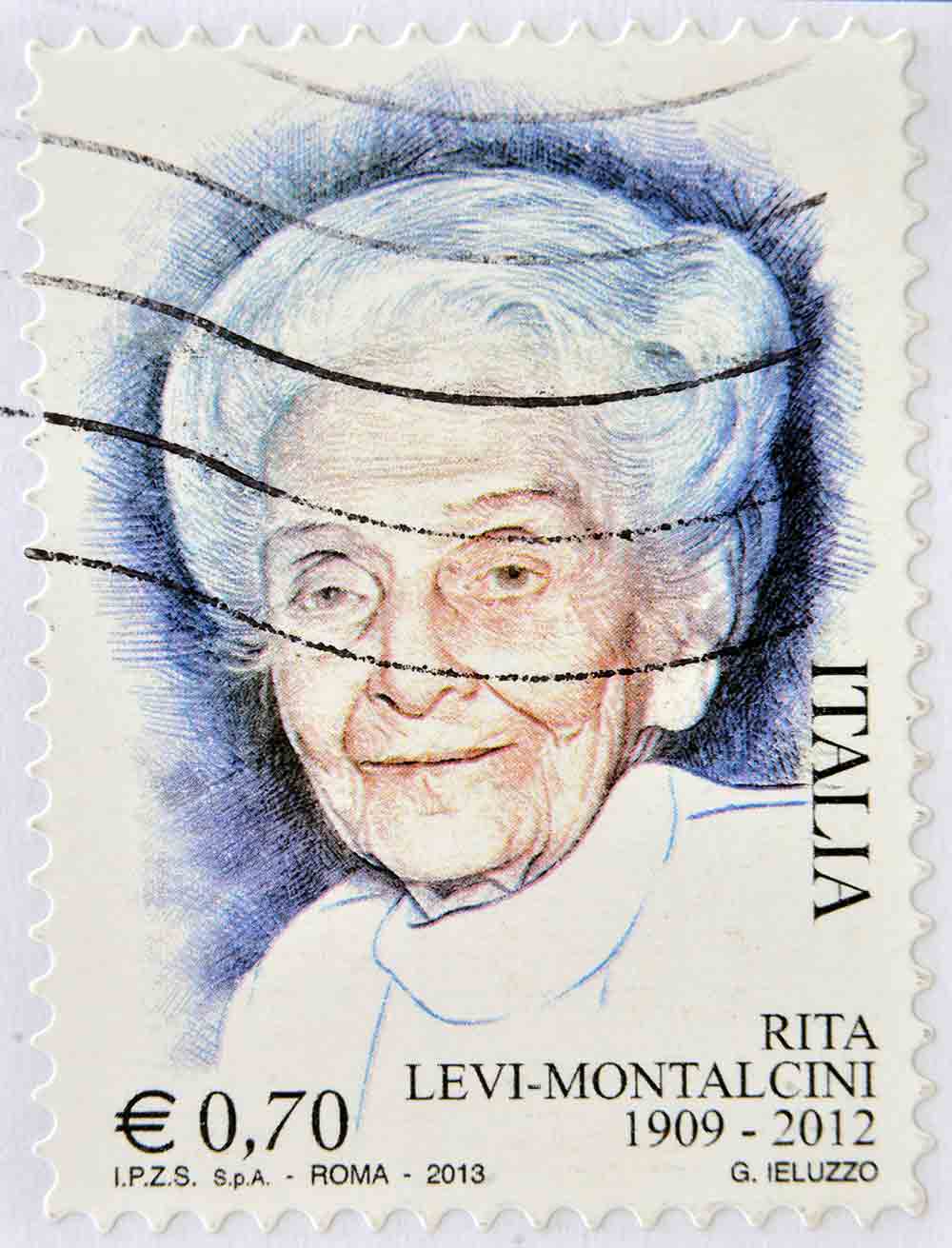
Literary luminaries: giving voice to Italy’s cultural identity
- Grazia Deledda (1871-1936)
The first and only Italian woman to receive the Nobel Prize in Literature (1926), Grazia Deledda vividly depicted Sardinian life, exploring love, morality, and social change.
- Notable Works: “Elias Portolu” and “Canne al Vento“ (Reeds in the Wind) capture the essence of Sardinia’s landscapes and cultural identity.
- Literary Impact: Her writings blend realism with poetic insight, shedding light on human struggles and societal transformation.
Fun Fact: Deledda’s success broke barriers, proving that women from remote regions could achieve international literary acclaim.

- Elsa Morante (1912-1985)
A leading figure in postwar Italian literature, Elsa Morante crafted powerful narratives exploring historical trauma, childhood innocence, and social injustice.
- Masterpiece Highlight: “La Storia” (History: A Novel)—a poignant tale set in WWII Rome, blending realism with mythical elements.
- Cultural Influence: Her unflinching exploration of marginalized voices continues to inspire contemporary Italian literature.
Inspiration: Morante’s works resonate with empathy, challenging readers to confront historical and personal truths.
Political and social revolutionaries: leading change and equality
- Anna Kuliscioff (1857-1925)
A physician, socialist, and feminist pioneer, Anna Kuliscioff advocated for women’s suffrage, labor rights, and social justice in Italy.
- Activism and Influence: Co-founded the Italian Socialist Party and fought for maternity protection laws.
- Legacy: Her work continues to inspire movements for gender equality and social reform.
Historical Impact: Kuliscioff’s activism proved that women could be intellectual leaders and powerful agents of social change.
- Nilde Iotti (1920-1999)
A pivotal figure in Italian politics, Nilde Iotti was the first female President of Italy’s Chamber of Deputies, serving for 13 years.
- Political Achievements: Advocated for divorce rights, family law reform, and gender equality.
- Legacy of Leadership: Played a crucial role in shaping Italy’s post-fascist democracy and advancing women’s rights in politics.
“Never be afraid of the other because you, with respect to the other, are the other.” – Nilde Iotti
Celebrating Italian women’s legacy at Istituto Italiano Scuola
At Istituto Italiano Scuola, we integrate these remarkable women’s stories into our language and culture curriculum. Understanding figures like Montessori, Levi-Montalcini, and Deledda enriches students’ appreciation of Italian culture beyond traditional narratives.
- Cultural Insight: Our courses explore how these women’s achievements reflect and challenge societal norms.
- Interactive Learning: Experience Italian history through literature, film, and historical discussions, celebrating women’s contributions to Italy’s cultural identity.
Join Us and Discover More
Learn Italian and explore the powerful stories of influential women who shaped history. Enroll today at Istituto Italiano Scuola !
and talented in the world, contributing immensely
to our nation's culture and progress."
